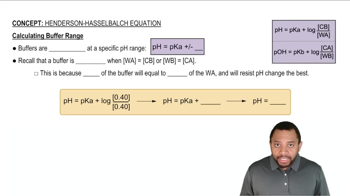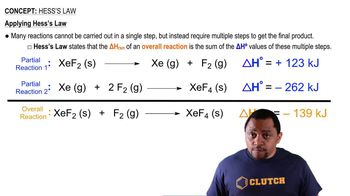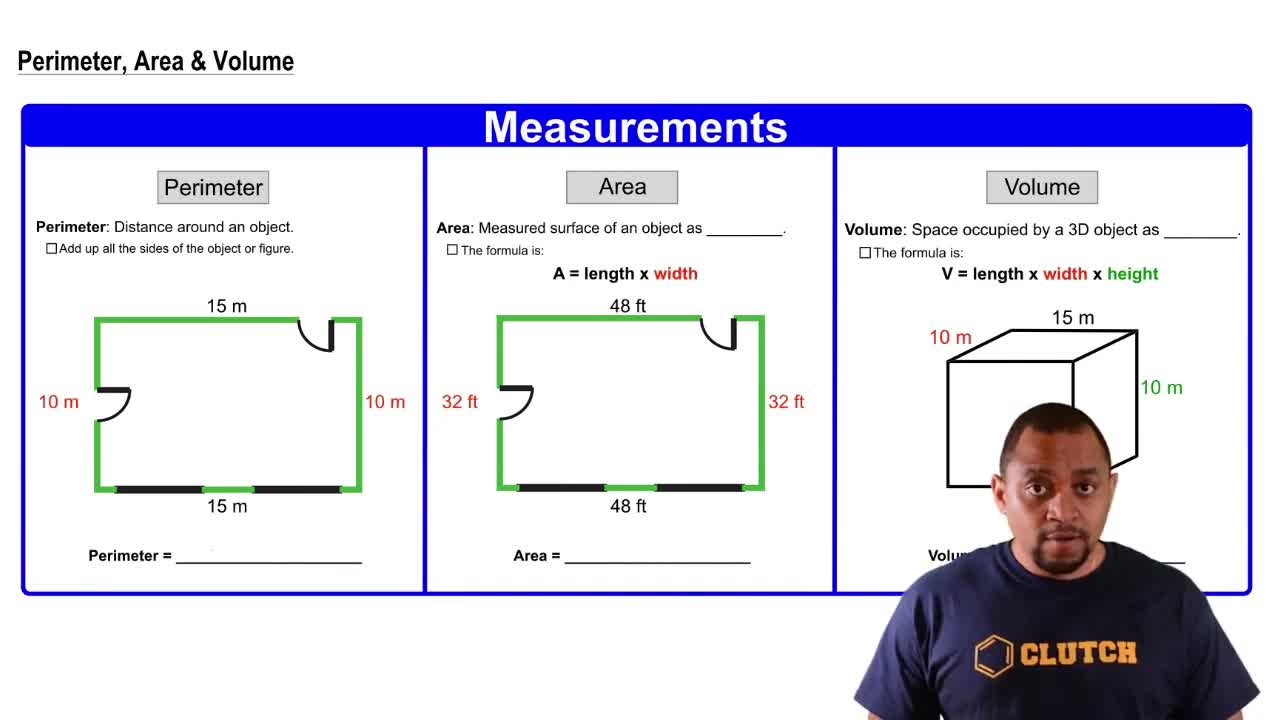The world's record in the 100-m dash is 9.69 s, and in the 100-yd dash it is 9.21 s. Find the speed in mi/hr of the runners who set these records. (Assume three significant figures for 100 m and 100 yd.)

A length of #8 copper wire (radius = 1.63 mm) has a mass of 24.0 kg and a resistance of 2.061 ohm per km (Ω / km). What is the overall resistance of the wire?
 Verified step by step guidance
Verified step by step guidance
Verified video answer for a similar problem:
Key Concepts
Resistance

Ohm's Law

Cross-sectional Area

The daily recommended intake of calcium for an average adult is 1,000 mg. There is 125 mg of calcium in 100 grams of milk. If a 150 g smoothie contains 75 grams of milk, how many grams of smoothie should an adult consume to meet the daily recommended intake?
Lead metal can be extracted from a mineral called galena, which contains 86.6% lead by mass. A particular ore contains 68.5% galena by mass. If the lead can be extracted with 92.5% efficiency, what mass of ore is required to make a lead sphere with a 5.00-cm radius?
Rolls of aluminum foil are 304 mm wide and 0.016 mm thick. What maximum length of aluminum foil can be made from 1.10 kg of aluminum?
Mercury is often used in thermometers. The mercury sits in a bulb on the bottom of the thermometer and rises up a thin capillary as the temperature rises. Suppose a mercury thermometer contains 3.380 g of mercury and has a capillary that is 0.200 mm in diameter. How far does the mercury rise in the capillary when the temperature changes from 0.0 °C to 25.0 °C? The density of mercury at these temperatures is 13.596 g/cm3 and 13.534 g/cm3, respectively
